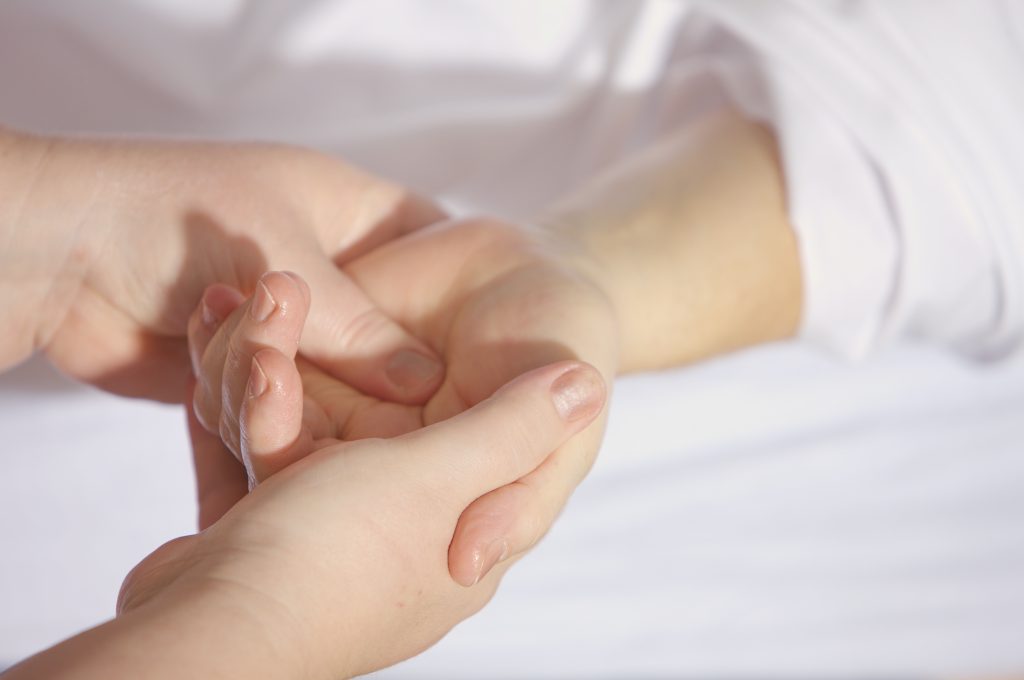The scene of an accident is life-changing, especially if it leaves broken bones. A visit to the hospital or a doctor is essential, and an X-ray, in most cases, will be the key point in determining how serious the situation is.
Each patient will have their path to follow depending on the diagnosis, but the truth is that life has a pause, you need to be very patient and the support of friends and family is essential to resume activities or move more easily during the weeks it will take for the bones to return to their position.
At the time of the accident, it is best not to move the patient. It is best to call a specialist or someone who has first-aid knowledge to avoid further injuries.
It is important to understand that all tissues in the body can regenerate when they are injured. From the moment this happens, cells and substances are produced that help rebuild tissues, including bones.
Carlos Guzmán Curley, a traumatologist, explains that the objective of a surgical procedure for a fracture is to achieve early mobility, maintain strength, and prevent the joint from becoming rigid. Not all fractures are surgical and some can be treated orthopedically with a cast, depending on the patient’s expectations and age.
In the case of hip fractures, the vast majority of patients that he treats with this experience are over 70 years old and are mostly women. A good number of them suffer from osteoporosis and it is at that time that this condition is diagnosed.
Cecilia López, executive director of the Grupo Ermita Alzheimer Guatemala Association, also talks about elderly people who have some dementia, for whom an X-ray is essential in the event of a fall since sometimes they do not complain.
It is important to understand that most people reach their peak bone mass after age 30, but as they age, their bone mass begins to decline, especially when women reach menopause.
It has been established that bone fractures in the spine or hip are among the major complications of osteoporosis and fragility fractures occur. Experts explain that a fall is not always what causes the fracture; in patients with osteoporosis, it occurs due to activities such as walking, getting up, or turning in bed, among other everyday situations. Guzmán Curley explains that this last scenario does require surgical intervention.
At any age after the accident, the ideal is to rest for 24 to 48 hours and keep the affected limb elevated as much as possible, which helps reduce inflammation and it is necessary to take the medications and each of the instructions of the health professional.
If the person is impatient and removes the cast too early or does not take the recommended measures, it could cause the bone to not stick in the correct position and then require surgery to address this problem.
Home care
Following your doctor’s instructions, you may be advised to start moving slightly after 48 hours. There are some important changes to consider at home:
- If it is surgery, do not manipulate the wound for too long, and if you have a cast, avoid inserting things between the skin and the cast. Otherwise, you could cause internal injuries, the development of a fungus, or other conditions.
- While wearing the cast, try to keep activity to a minimum to avoid sweating, which can cause itching.
- There are now casts that can be wet, but if you use one that uses cotton, you must cover it when bathing and not put it directly in the water, no matter how covered it is. It is best to clean this area with a sponge bath around it so as not to wet it.
- Seek medical help if the pain is more severe than the accident itself or if your fingers are swollen and cannot be moved by your strength. This indicates that something else is going on.
- In cold weather, if there are materials such as nails or plates, it will hurt a little because the body’s tissues heat up through circulation and the plate does not allow this. If it is close to the skin, it will cause a little discomfort. Otherwise, there should be no pain.
- Your doctor may require additional X-rays to monitor your healing process. Do not attempt to remove the cast yourself and always consult a professional.
Physiotherapy
In some cases, physical therapy will be recommended to regain movement and strength in key parts of the body after an injury or fracture. Guzmán Curley mentions that on average 10 sessions may be required, although this number varies in each case.
Physiotherapy helps speed up the recovery process. Marbella Reyes, a graduate in physiotherapy and director of the Ipeth teaching service at Galileo University, says that there are specific objectives to help the fracture recovery process.
“When the patient is immobilized, he or she usually tends to despair during the process that could take six to eight weeks, depending on the type of injury,” says Reyes, who also comments that it is necessary to comply with these deadlines.

It depends on the injured segment. The effects of immobilization will be reduced through exercise program approaches, Reyes adds. In children, because they are in a growth process, recovery could be much faster, while in older adults the processes are degenerative and this will influence recovery.
Likewise, a special case would be an athlete, and depending on where the injury is, it could be suggested that even if one part of the body is immobilized, they should do some type of active rest in which they use other areas of their body and continue their physical preparation in some way, says Reyes.
During the physiotherapy session, you may require analgesic electrotherapy, magnetotherapy, cold or heat contrast, among other available solutions. The main goal is to avoid all the complications that come with having a fracture.
Prevent and strengthen bones.
Without a doubt, movement is a key to strengthening bones. It also increases muscle strength, coordination, and physical balance. It has been proven that those who maintain regular physical activity have greater bone density and this in the long term prevents fractures and falls, says Guzmán Curley.
So it’s time to find your workout routine that ranges from lifting your weight, running, climbing stairs, dancing, or including weights. Suggested workouts include squats and push-ups, among others. Water exercises are also recommended.
Before starting a routine, it is important to consult a doctor for guidance, especially when you have special health conditions.

It is also important to pay attention to nutrition and consume calcium and vitamin D. This vitamin helps the body absorb calcium.
People who consume too little vitamin D may have weak, thin, and brittle bones, a condition called rickets in children, and osteomalacia in adults.
Vitamin D is also very important for the body in many other ways. Muscles require this vitamin for movement. For example, nerves need it to transmit messages between the brain and every part of the body, and the immune system uses vitamin D to fight off invading viruses and bacteria.
Fatty fish, such as salmon and tuna, are among the best sources of vitamin D. Beef liver, cheese, and egg yolks contain smaller amounts. There are also foods fortified with this vitamin.
The skin produces vitamin D when exposed to direct sunlight. Just 5 to 10 minutes of sun exposure is vital to boost its natural production.





















+ There are no comments
Add yours